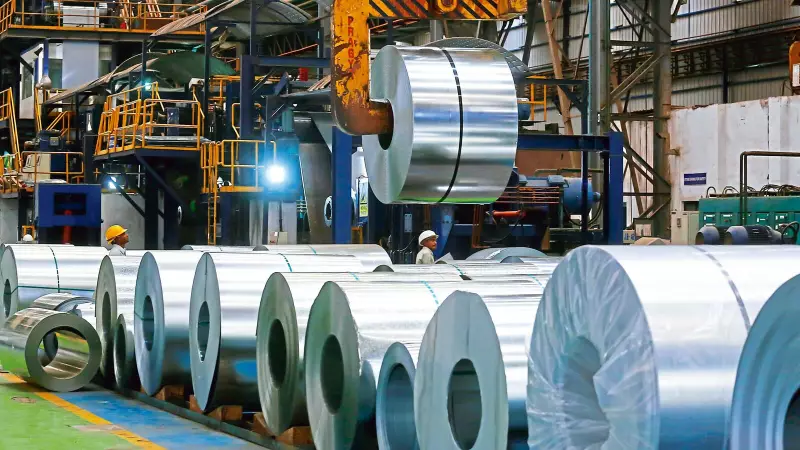
In a remarkable twist of global trade dynamics, India's steel sector is experiencing an unprecedented boom in speciality steel production, fueled by Western sanctions on Russian imports. What began as geopolitical pressure on Moscow has transformed into a golden opportunity for Indian steelmakers to capture market share and reduce import dependence.
The Sanctions Spark That Ignited India's Steel Renaissance
When the European Union and United States imposed sweeping sanctions on Russian steel imports following the Ukraine conflict, it created a massive vacuum in the global speciality steel market. Indian steel giants were quick to recognize this opening and mobilized to fill the gap with domestically produced high-grade steel.
JSW Steel, Tata Steel, and Steel Authority of India (SAIL) have emerged as the primary beneficiaries of this strategic shift. These companies have aggressively expanded their speciality steel portfolios, targeting segments that were previously dominated by Russian suppliers.
From Import Dependency to Export Ambitions
The transformation has been nothing short of spectacular. Before the sanctions, India relied heavily on imports for specific high-grade steel varieties used in critical industries including:
- Automotive components and manufacturing
- Defense equipment and aerospace applications
- Infrastructure and construction projects
- Industrial machinery and equipment
Today, the narrative has completely flipped. Indian steel producers are not only meeting domestic demand but are increasingly eyeing export opportunities in markets that previously sourced from Russia.
The Competitive Edge: How India Outmaneuvered China and Japan
While China and Japan were natural contenders to fill the Russian void, Indian manufacturers possessed several strategic advantages that positioned them for success:
- Cost competitiveness compared to Japanese and European alternatives
- Geographic proximity to key Middle Eastern and Southeast Asian markets
- Existing trade relationships with Western nations
- Government support through production-linked incentive schemes
This perfect storm of factors has enabled Indian companies to capture market segments that were previously considered beyond their technical capabilities.
The Ripple Effects Across Indian Manufacturing
The benefits extend far beyond the steel industry itself. Domestic manufacturers who rely on speciality steel are experiencing:
- Reduced procurement costs and shorter supply chains
- Greater supply security and reduced import dependency
- Improved competitiveness in global markets
- Enhanced collaboration between steel producers and end-users
The Road Ahead: Sustaining the Momentum
Industry experts caution that the current advantage must be leveraged to build long-term capability. Key focus areas include:
Technology upgradation to match global quality standards, research and development in alloy development, and workforce skill enhancement to operate advanced steel-making facilities.
The Indian steel industry's response to the Russia sanctions crisis demonstrates how geopolitical developments can create unexpected opportunities for emerging economies. By swiftly adapting to changing global trade patterns, India has positioned itself as a rising force in the global speciality steel landscape.





